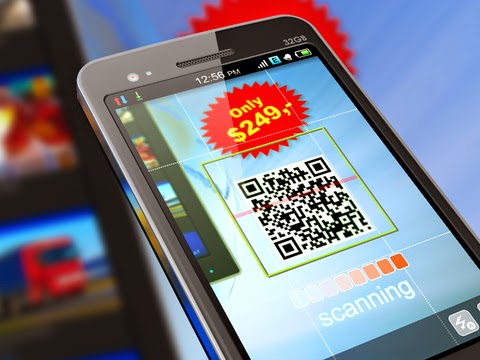Mobile banking
Mobile banking enablement recently became an important deciding factor for a customer choosing a bank—just as important as fees, branch location or services.
This is the first transformation action you should take for your bank in order to monetize opportunities brought in by mobile. It starts with offering basic banking functions such as:
- account balance
- funds transfer
- bill payments
- share trade
- check order
- transaction notification alerts on mobile devices
Mobile payment
 Garner predicts an explosion in the mobile payments market
worldwide that is expected to have 448 million users and $617 billion
in transaction value by 2016. This trend could potentially introduce a
major source of revenue that banks cannot ignore.
Garner predicts an explosion in the mobile payments market
worldwide that is expected to have 448 million users and $617 billion
in transaction value by 2016. This trend could potentially introduce a
major source of revenue that banks cannot ignore.In developed markets, where mobile access to financial services is more prevalent and comfortable, mobile payments represent a chance to create feature-rich products that enhance consumers’ banking experience and consequently create better consumer sentiment toward the use of mobile in financial transactions.
Even in developing countries where a significant number of people do not have any bank accounts, mobile still can fill the gap, bring the banking to a new customer base, the un-backed people. This represents an opportunity to create profitable services for the unbanked populations through partnerships between banks and payment or telecommunication companies.
As predicted by the Aite Group, the top mobile payment markets in 2015 by volume will be bill payments, bankcard acceptance, mobile commerce, NFC payments and person-to-person transfers. More information about mobile payment patterns currently available in the market worldwide can be found here.
In all cases, in order to catch the explosion of mobile payments, banks will need to act quickly with a complete mobile strategy that not only covers their infrastructure adaptation as the inevitable transaction volume increases and puts growing pressure on their traditional systems, but also innovates their processes to serve this new, always-on revenue stream.
Mobile marketing
Timing is critical to creating delightful engagement experiences for banking customers. It’s about reaching them in the right place, at the right time, with the right kind of service or message. With the natural, always-on characteristic, and its many other features, mobile could provide a new opportunity to engage, cross-sell, up-sell and promote other banking products or services, like analytics-powered, event-driven and location-based services—just to name a few. As an example, an air ticket purchase might present a chance to cross-sell travel insurance; or a person who steps into a mall could trigger sending him information about a retail promotion program of the bank to buy things in the mall.
People nowadays are embracing mobile in their day-to-day lives and are more likely to forget their wallet at home than their mobile phone. Every mobile device a consumer has can potentially be a commerce device. Your bank needs to transform to catch the trends, be well prepared and focus on key areas that could effectively drive your benefits.
*This post was originally published on IBM Mobile Business Insights


No comments:
Post a Comment